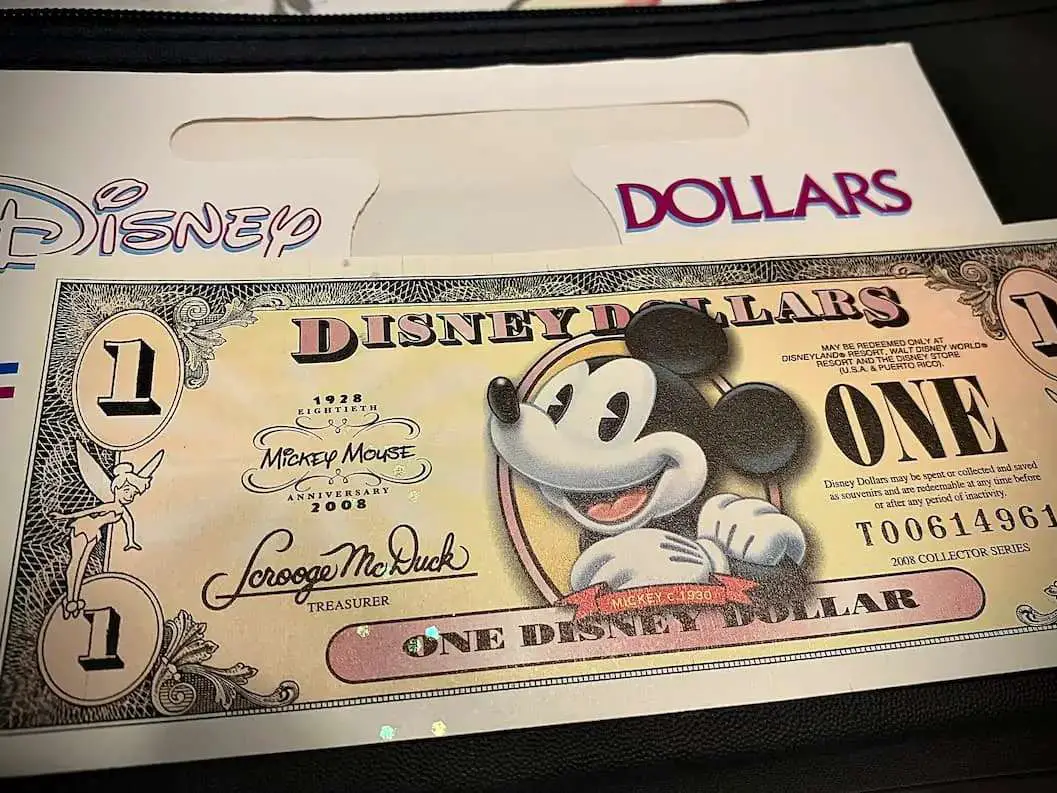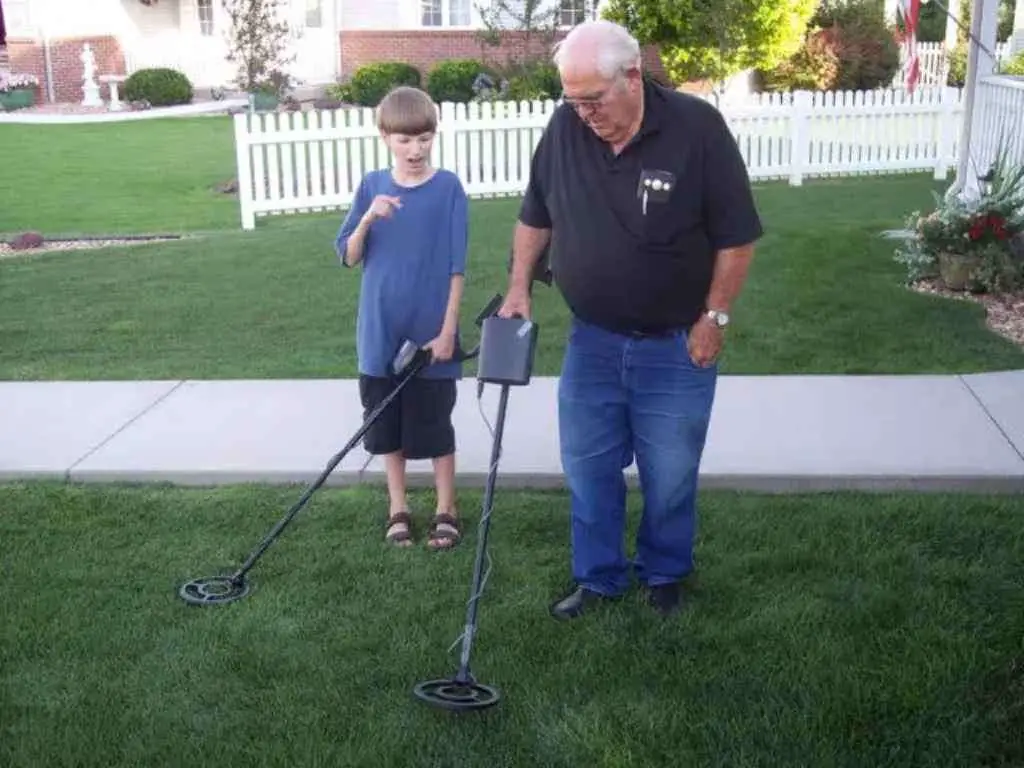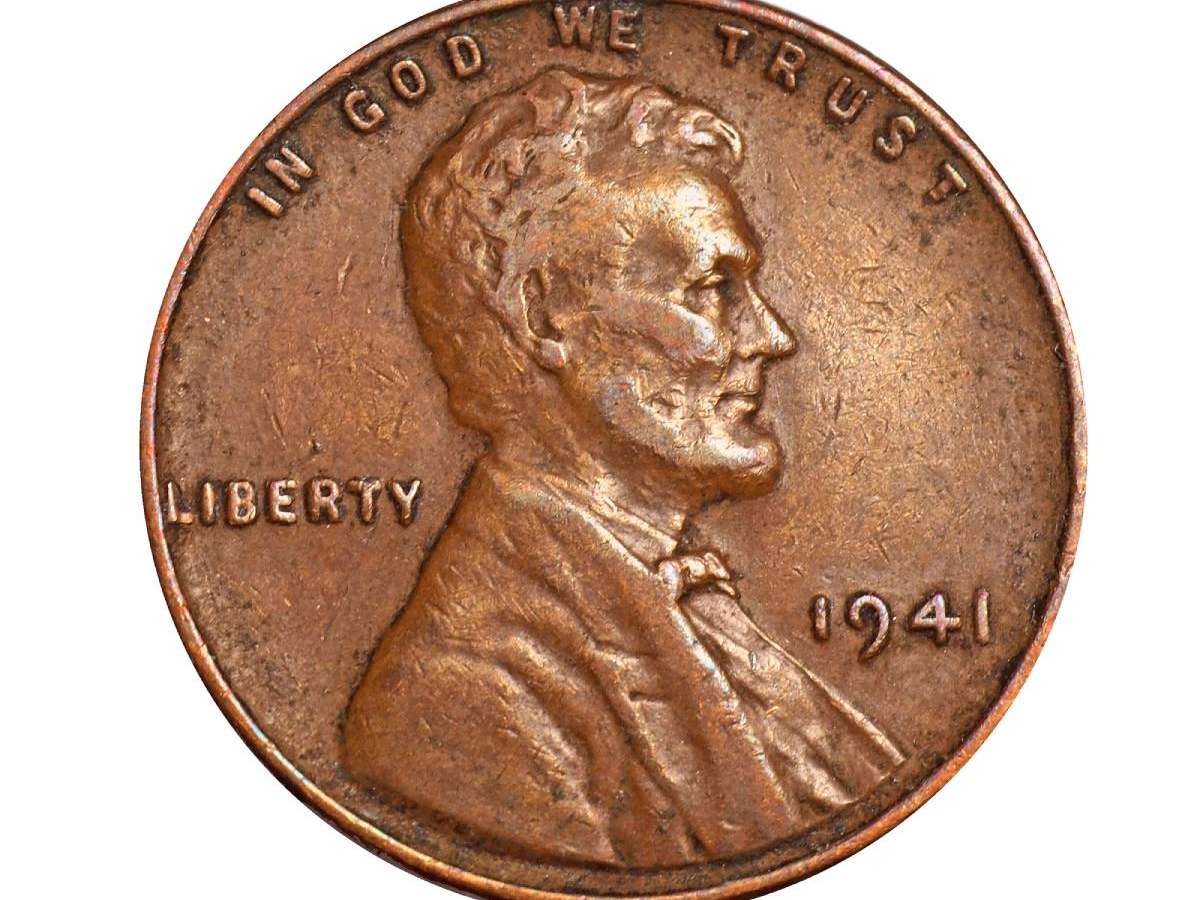How To Grade Nickels
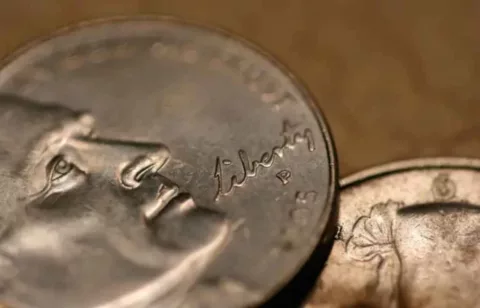
I previously shared information to help you get an approximate idea of your coin’s grade.
Now I’m going to go into detail of how to obtain exact grades for your circulated nickels.
The 3 types of nickels that I will cover here are:
- Jefferson nickels (1938–present)
- Buffalo nickels (1913–1938)
- Liberty Head nickels / “V” nickels (1883–1913)
Do You Know?… The basic parts of a coin + Coin grade abbreviations and numbers.
Let’s start with the common Jefferson nickel…
Jefferson Nickel Grades
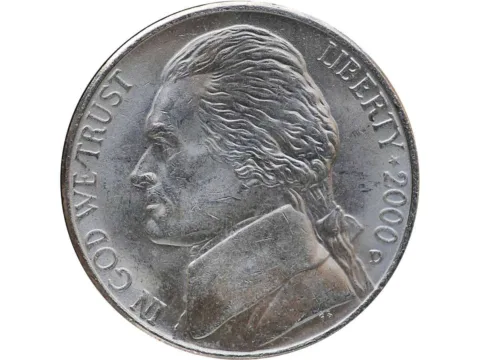
AU-55
- Obverse: Only a trace of wear shows on cheek bone.
- Reverse: A trace of wear shows on beam above pillars. 3/4 of mint luster is still present.
AU-50
- Obverse: Traces of wear show on cheek bone and high points of hair.
- Reverse: Traces of wear show on the beam and triangular roof above pillars. Half of mint luster still present.
EF-45
- Obverse: Slight wear shows on cheek bone and central portions of hair. There is a trace of wear at the bottom of the bust.
- Reverse: High points of the beam and triangular roof are lightly worn. Traces of mint luster still show.
EF-40
- Obverse: Hair is lightly worn but well defined and bold. Slight wear shows on cheek bone and bottom the the bust. High points of hair are worn but show all details.
- Reverse: Triangular roof and beam are worn but all details are visible.
VF-30
- Obverse: Hair worn but shows nearly full details. Cheek line and bust are worn but sharp.
- Reverse: Triangular beam and roof worn nearly flat. Most of the pillar lines show plainly.
VF-20
- Obverse: Cheek line shows considerable flatness. Over half of the hair lines are clear. Parts of the details show in collar.
- Reverse: Pillars are worn but clearly defined. Triangular roof is partially visible.
F-12
- Obverse: Some details show in hair around face. Cheek line and collar plain but very weak.
- Reverse: Some details visible in pillars. Triangular roof is very smooth and indistinct.
VG-8
- Obverse: Cheek line is visible but parts are worn smooth. Collar is weak but visible. Only a few hair lines show separations.
- Reverse: Slight details show throughout building. The arch is worn away. Pillars are weak but visible.
G-4
- Obverse: Entire design well worn with very little detail remaining. Motto is weak and merged with rim.
- Reverse: Building is nearly flat but well outlined. Pillars are worn flat. Rim worn to tops of letters.
AG-3
- Obverse: Design is outlined with nearly all details worn away. Date and legend readable but very weak and merging into rim.
- Reverse: Entire design partially worn away. Rim is merged with the letters.
Buffalo Nickel Grades

AU-55
- Obverse: Only small trace of wear shows on high point of cheek.
- Reverse: A trace of wear shows on the hip. Half of mint luster still present.
AU-50
- Obverse: Traces of wear show on hair above and to the left of forehead and at cheek bone.
- Reverse: Traces of wear show on tail,hip,and hair above and around the horn. Traces of mint luster still show.
EF-45
- Obverse: Slight wear shows on the hair above the braid. There is a trace of wear on the temple and hair near cheek bone.
- Reverse: High points of hip and thigh are lightly worn. The horn and tip of tail are sharp and nearly complete.
EF-40
- Obverse: Hair and face are lightly worn but well defined and bold. Slight wear shows on lines of hair braid.
- Reverse: Horn and end of tail are worn but all details visible.
VF-30
- Obverse: Hair shows nearly full details. Feathers and braid are worn but sharp.
- Reverse: Head, front leg, and hip are worn. Tail shows plainly. Horn is worn but full.
VF-20
- Obverse: Hair and cheek show considerable flatness but all details are clear. Feathers still show partial detail.
- Reverse: Hair on head is worn. Tail and point of horn are visible.
F-12
- Obverse: 3/4 of details show in hair and braid. LIBERTY is plain but merging with rim.
- Reverse: Major details visible along the back. Horn and tail are smooth but 3/4 visible.
VG-8
- Obverse: Outline of hair is visible at temple and near cheek bone. LIBERTY merges with rim. Date is clear.
- Reverse: Some detail shows in head. Lettering is all clear. Horn is worn nearly flat but is partially visible.
G-4
- Obverse: Entire design well worn with very little detail remaining in central part. LIBERTY is weak and merged with rim.
- Reverse: Buffalo is nearly flat but is well outlined. Horn does not show. Legend is weak but readable. Rim worn to top of letters.
AG-3
- Obverse: Design is outlined with nearly all details worn away. Date and motto partially readable but very weak and merging into rim.
- Reverse: Entire design partially worn away. Rim is merged with the letters.
Liberty Head Nickel Grades
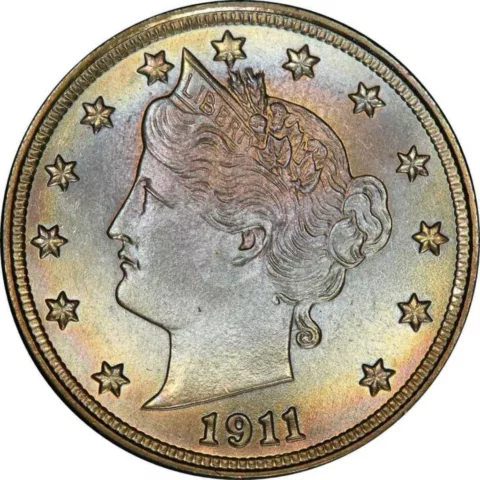
AU-55
- Obverse: Only a trace of wear shows on highest points of hair left of ear.
- Reverse: A trace of wear shows on corn ears. Half of mint luster still present.
AU-50
- Obverse: Traces of wear show on hair left of ear and at forehead.
- Reverse: Traces of wear show on wreath and on corn ears. Part of the mint luster is still present.
EF-45
- Obverse: Slight wear shows on high points of hair from forehead to the ear.
- Reverse: High points of wreath are lightly worn. Lines in corn are clearly defined. Signs of mint luster may still show.
EF-40
- Obverse: Wear shows on hair from forehead to ear,on the cheek, and on curls.
- Reverse: High points of wreath are worn but each line is clearly defined. Corn shows some wear.
VF-30
- Obverse: 3/4 of hair details show. The coronet has full bold lettering.
- Reverse: Leaves are worn but most of the ribs are visible. Some of the lines in the corn are clear.
VF-20
- Obverse: Over half the details still show in hair and curls. Head worn but bold. Every letter on coronet is plainly visible.
- Reverse: Leaves are worn but some of the ribs are visible. Most details in the wreath are clear.
F-12
- Obverse: Some details show in curls and hair at top of head. All letters of LIBERTY are visible.
- Reverse: Some details visible in wreath. Letters in the motto are worn but clear.
VG-8
- Obverse: Bottom edge of coronet and most hair details are worn smooth. At least three letters in LIBERTY are clear. Rim is complete.
- Reverse: Wreath shows only bold outline. Some letters in the motto are very weak. Rim is complete.
G-4
- Obverse: Entire design well worn with very little detail remaining. Stars and date are weak but visible.
- Reverse: Wreath is worn flat and not completely outlined. Legend and motto are worn nearly smooth.
AG-3
- Obverse: Head is outlined with nearly all details worn away. Date readable but very weak and merging into rim.
- Reverse: Entire design partially worn away.
The Bottom Line…

It takes a good deal of time and experience to consistently grade coins accurately, but you’ll never get there if you don’t start somewhere.
Hopefully you’re able to grade your Jefferson nickels, Buffalo nickels, and Liberty Head nickels better now.
Grab a coin magnifier and a copy of the U.S. Coin Grading Standards book. Then, watch this video to see how to grade coins yourself at home:
You can also use coin grading apps to grade coins yourself.
I have been collecting and trading coins for years. Coin collecting is a hobby for me, and I’ve done a lot of research about coins through the years.

